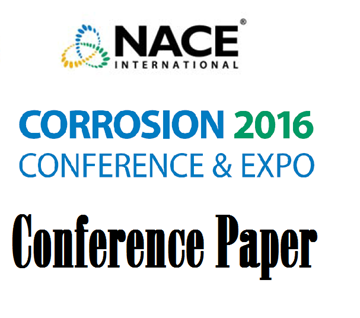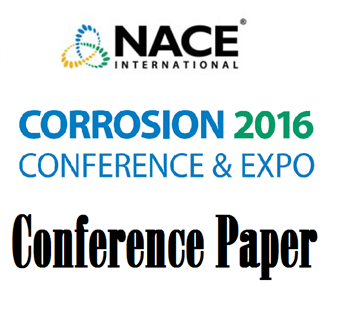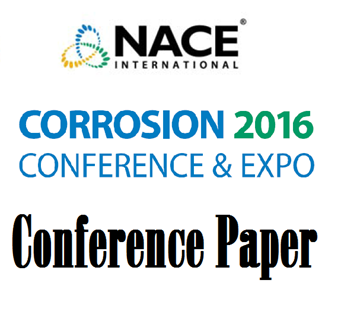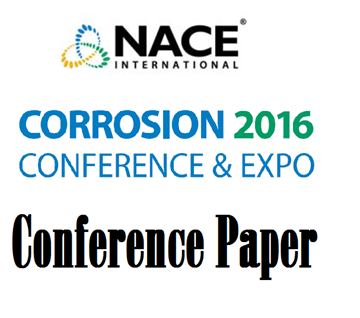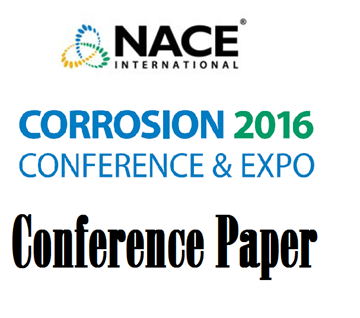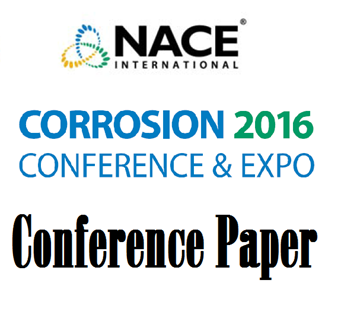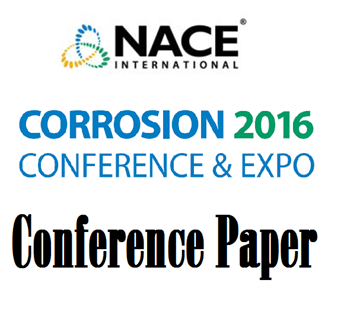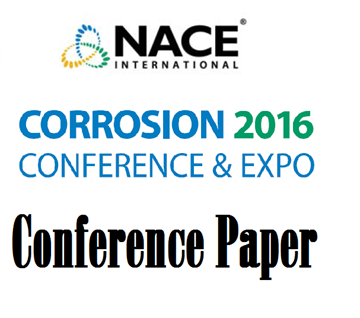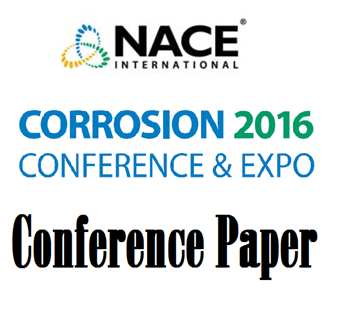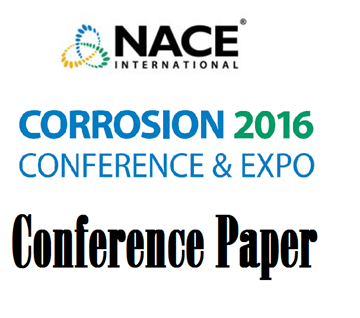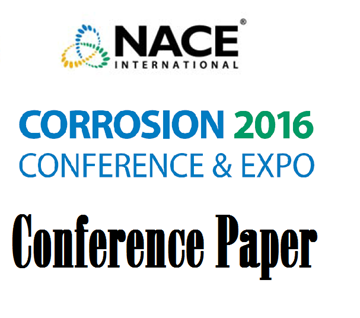Search
Corrosion Monitoring and Control
View as
Sort by
Display
per page
51316-7100-Improving the Controlled Humidity Protection Systems by Addition of Vapor Phase Corrosion Inhibitors
Product Number:
51316-7100-SG
ISBN:
7100 2016 CP
Publication Date:
2016
$20.00
51316-7121-Corrosion Induced Bridge Tendon Failures Resulting from Deficient Grout: Part I – Model Development
Product Number:
51316-7121-SG
ISBN:
7121 2016 CP
Publication Date:
2016
$20.00
51316-7128-Concept of Using Physics-Based Models for Real Time Corrosion Monitoring
Product Number:
51316-7128-SG
ISBN:
7128 2016 CP
Publication Date:
2016
$20.00
51316-7230-Development of Integrated Condition Monitoring System for Corrosion and Stray Current Monitoring On
Product Number:
51316-7230-SG
ISBN:
7230 2016 CP
Publication Date:
2016
$20.00
51316-7233-A New Method for Prioritizing Equipment in HTHA Service for Inspection and Replacement
Product Number:
51316-7233-SG
ISBN:
7233 2016 CP
Publication Date:
2016
$20.00
51316-7244-Eddy Current for Sizing Cracks in Canisters for Dry Storage Casks – Laboratory Measurements”
Product Number:
51316-7244-SG
ISBN:
7244 2016 CP
Publication Date:
2016
$20.00
51316-7250-Sour Localized Pitting Corrosion Model of Carbon Steel: A Status Update
Product Number:
51316-7250-SG
ISBN:
7250 2016 CP
Publication Date:
2016
$20.00
51316-7252-The Role of Corrosion Management in Prevention of Corrosion Failures
Product Number:
51316-7252-SG
ISBN:
7252 2016 CP
Publication Date:
2016
$20.00
51316-7255-Corrosion Management Implementation in Large Oil and Gas Projects
Product Number:
51316-7255-SG
ISBN:
7255 2016 CP
Publication Date:
2016
$20.00
51316-7259-Validation of Internal Corrosion Threat Guidelines for Dry Natural Gas Pipelines
Product Number:
51316-7259-SG
ISBN:
7259 2016 CP
Publication Date:
2016
$20.00
51316-7264-New Developments in Iron Sulfide Scale Dissolvers
Product Number:
51316-7264-SG
ISBN:
7264 2016 CP
Publication Date:
2016
$20.00
51316-7273-Corrosion Control of a Hydrocracking Unit Debutanizer Overhead System
Product Number:
51316-7273-SG
ISBN:
7273 2016 CP
Publication Date:
2016
$20.00

